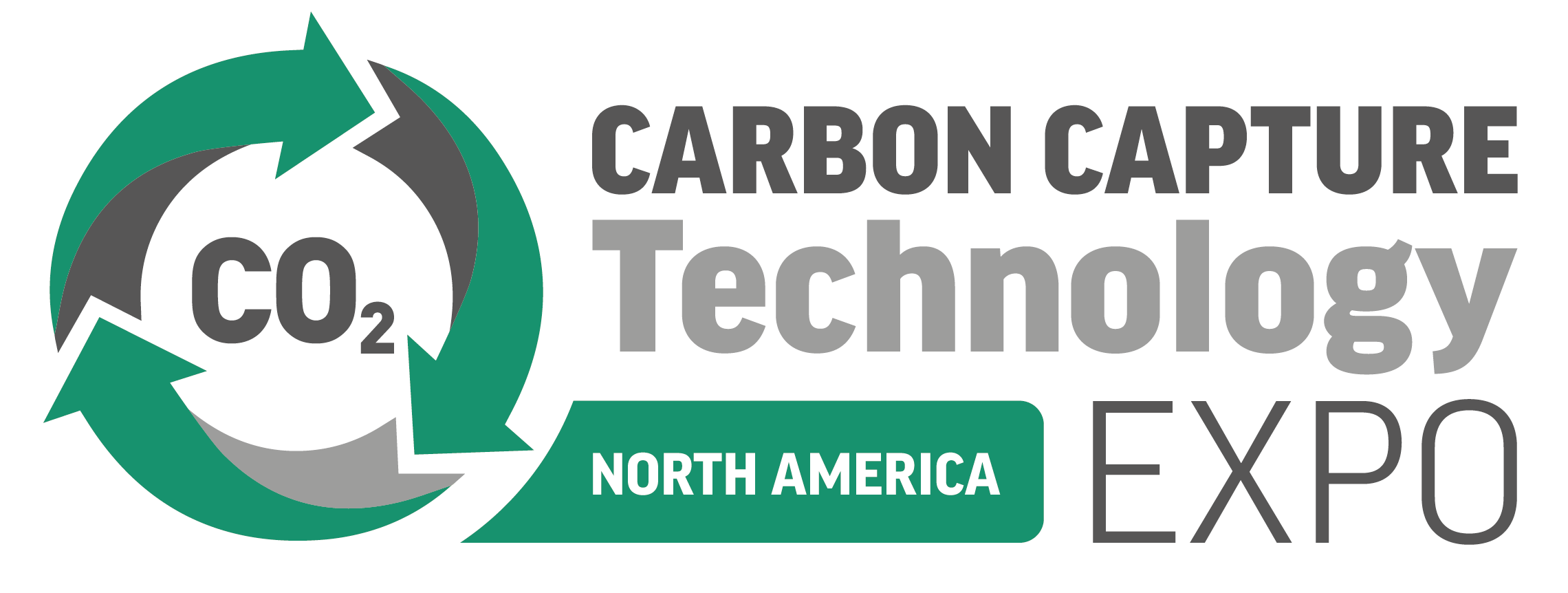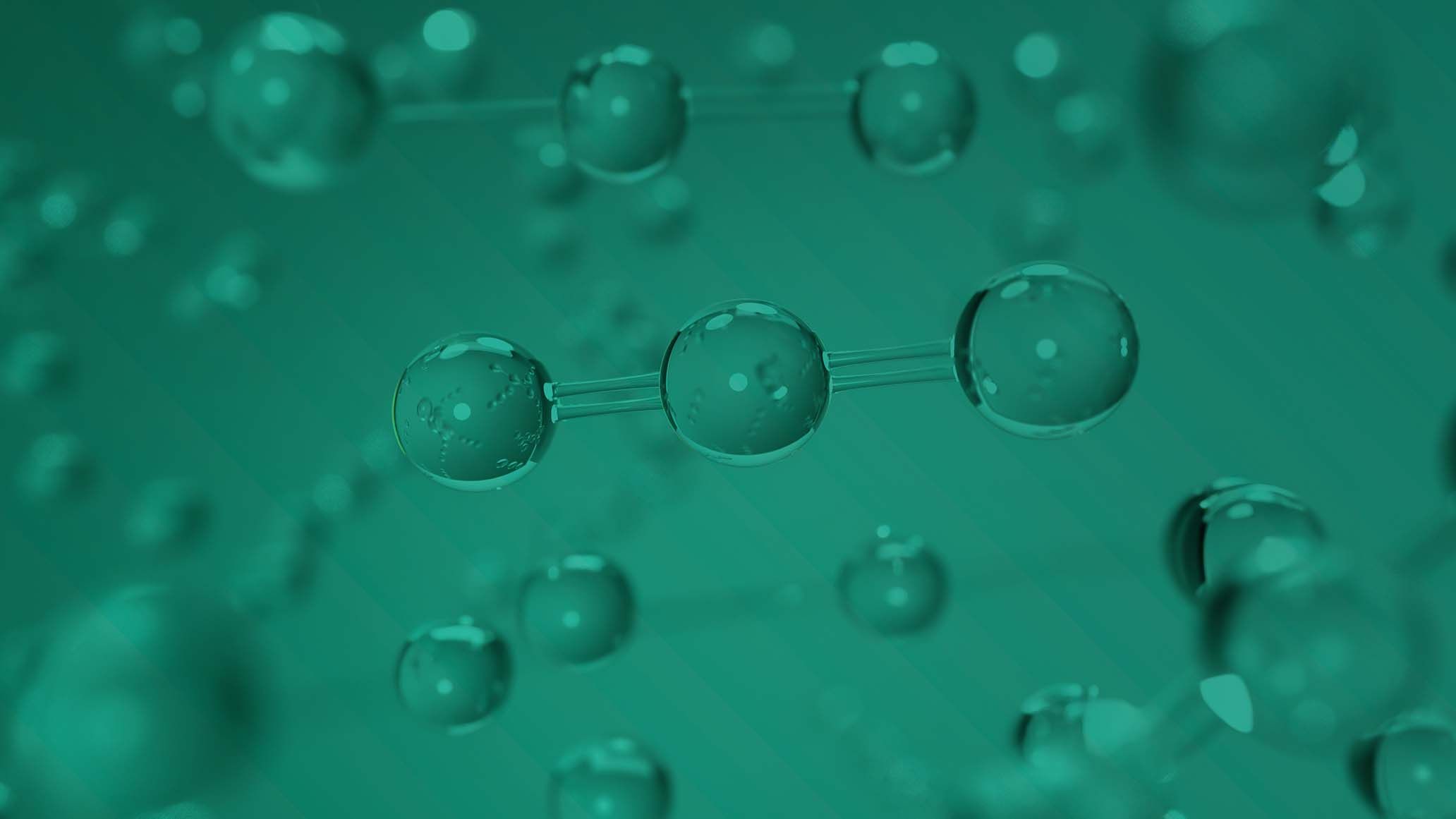Deep Sky and Sustaera to explore Canadian project
)
Deep Sky and Sustaera have agreed to start exploring the potential for a Sustaera unit to be deployed at one of Deep Sky’s future commercial facilities. The aim for this facility is for it to be able to remove 1,000 to 5,000 tons of CO2 on an annual basis.
This agreement is based around an MoU, which includes a clause stating that data can be shared, in order for technology evaluation to take place. The other reason for this clause is to help advance the carbon removal industry.
The interest in Sustaera’s technology, stems from the new carbon-negative, cost-effective and modular DAC system which the company has created. The system is capable of effectively and efficiently removing carbon dioxide in below zero conditions and this is a benefit to the drive to support geological assets in both Canada and Alaska. This solution has been manufactured to specifically focus on harnessing renewable electricity, but to do this without the need to use fossil fuel sources. An added benefit of this technology, is that Sustaera’s DAC technology features energy consumption as low as 1,500 kWh/ton.
Deep Sky CEO, Damien Steel, commented, “Now that Deep Sky Labs is at 100% capacity, we’re thrilled to begin evaluating partners for further phases of development. Sustaera’s novel DAC tech represents a low energy pathway to remove carbon at a massive scale. Named an XPRIZE Top 100 most promising carbon removal innovator this year, we’re proud to partner with Sustaera as we plan our commercial-scale CDR facilities that aim to reverse climate change.”
Sustaera CEO, Ben Gardner, mentioned, “Our use of modular component design allows us to rapidly scale this technology using existing supply chains and manufacturing infrastructure to achieve low carbon removal costs. Those benefits stand out to innovative project developers like Deep Sky, who are looking to rapidly scale carbon removal to limit global warming.”
Together, Deep Sky and Sustaera said that they ‘are committed to developing and deploying cutting-edge carbon dioxide removal (CDR) technologies.’ They continued, saying they, ‘are essential for achieving net zero emissions goals and mitigating the impacts of climate change.’



)
)
)
)
)



)
)
)
)
)
)

)

)
)
)

)
)
)
)
)
)
)
)
)
)
)
)
)
)

)
)

)
)
)
)
)
)
)
)

)
)
)

)
)
)

)
)
)
)
)

